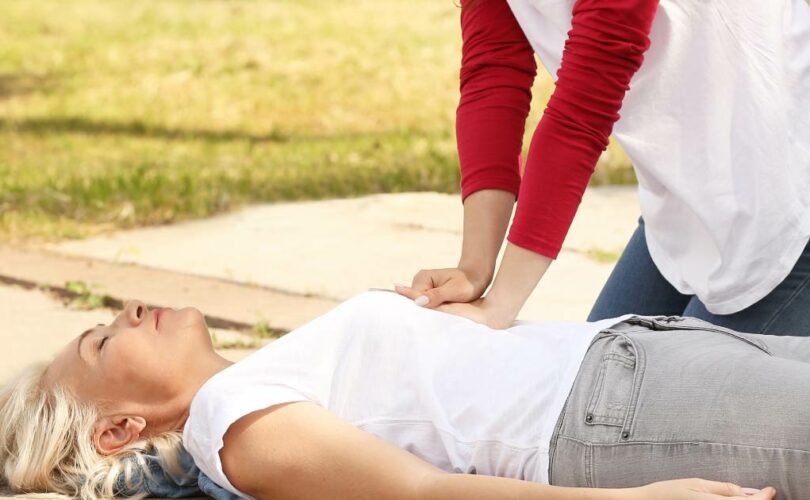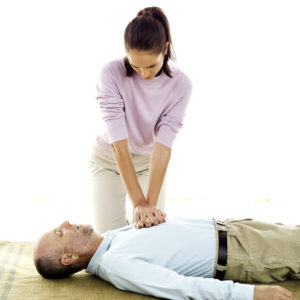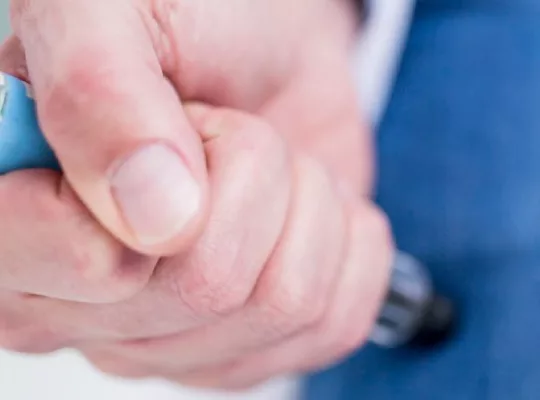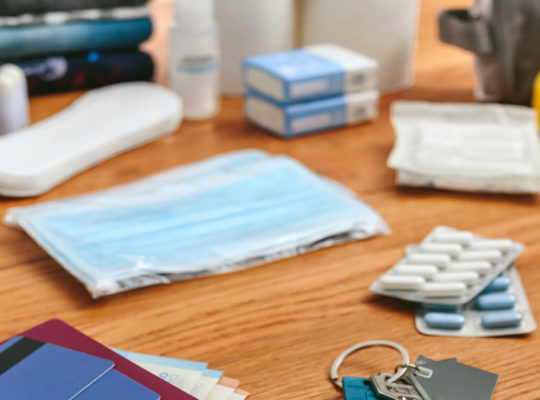Imagine this: You’re enjoying a sunny afternoon at the beach. Kids are playing, the waves are calm, and everyone’s relaxed. Suddenly, there’s a scream—someone’s child has gone under, pulled lifeless from the surf. There’s no lifeguard on duty. People freeze. They look around. And in that moment, the only thing that can save that child is whether someone in the crowd knows CPR.
Would you be ready?
Why Learning CPR Matters More Than Ever
Cardiac arrest and drowning aren’t things that just happen on TV dramas. They happen every single day, and often when and where you least expect it. In fact:
-
Over 350,000 cardiac arrests happen outside of hospitals in the U.S. every year.
-
Around 70% of these happen at home, meaning a loved one may be the person who needs your help.
-
Effective bystander CPR can double or triple the chances of survival.
These aren’t abstract numbers. They represent parents, children, coworkers, friends. Lives saved—or lost—depending on one skill: CPR.
It’s Not Just for Paramedics — Anyone Can Learn CPR
Here’s the truth: CPR isn’t hard to learn. You don’t need to be a doctor, nurse, or even a particularly strong person. All you need is the knowledge, a little practice, and the confidence to act.
Modern CPR courses are short, accessible, and even available online. Many take just a few hours and can be found in your hometown, often at:
-
Local community centers
-
Fire departments
-
Red Cross branches
-
Health and fitness clubs
-
Even your own workplace
💡 Search “CPR course near me” and you’ll likely find a class available this week.
There’s no reason to wait. This is one skill where doing something is better than doing nothing—and lives literally depend on it.
Real Story: A Child, a Beach, and a Brave Stranger
Let’s go back to the beach.
A child, just seven years old, goes missing in the surf. Moments later, they’re pulled from the water—unconscious and not breathing. There’s no lifeguard. No emergency crew on-site.
Now it’s you, standing there. You and a crowd of people hoping someone else knows what to do.
If you don’t know CPR, you’re one of the many watching helplessly, praying a trained person steps forward. But if you’ve learned CPR, you’re not just watching—you’re acting. You’re starting compressions. You’re keeping blood flowing to that child’s brain. You’re buying precious minutes until help arrives.
And that child? They’re breathing again before the ambulance ever pulls up.
That’s what CPR does. It puts life-saving power into your hands.
How Many Lives Does CPR Save Each Year?
According to the American Heart Association, immediate CPR from a bystander can double or triple a victim’s chance of survival. In some cities with strong public CPR training programs, survival rates have increased by more than 50%.
Studies estimate that tens of thousands of lives are saved each year in the U.S. by bystander CPR—and that number could be much higher if more people simply took a CPR course.
Think about that. Thousands of people, alive today, because someone nearby knew what to do.
Don’t Wait for Someone Else — Be the One Who’s Ready
CPR isn’t just a medical skill—it’s a life skill.
You don’t need fancy equipment or a healthcare background. You just need a bit of time and the willingness to learn. In just one afternoon, you can go from helpless to heroic.
What if it’s your partner, your child, or your parent who collapses? Will you know what to do?
Take Action Today
🫀 Find a CPR course near you – Google “CPR training near me” or check the Red Cross CPR directory.
🧰 Get a CPR Kit – We offer compact CPR kits that include gloves, breathing masks, and tools to help you act confidently in an emergency.
🎯 Share this article with friends, family, and coworkers. The more people trained, the more lives saved.
You’re More Powerful Than You Think
You don’t have to be a hero in uniform to save a life. You just have to care enough to prepare. Learning CPR is one of the most empowering, responsible things you can do.
When that moment comes and one day, it might you’ll be ready. And someone will live because you didn’t wait for someone else to act.





